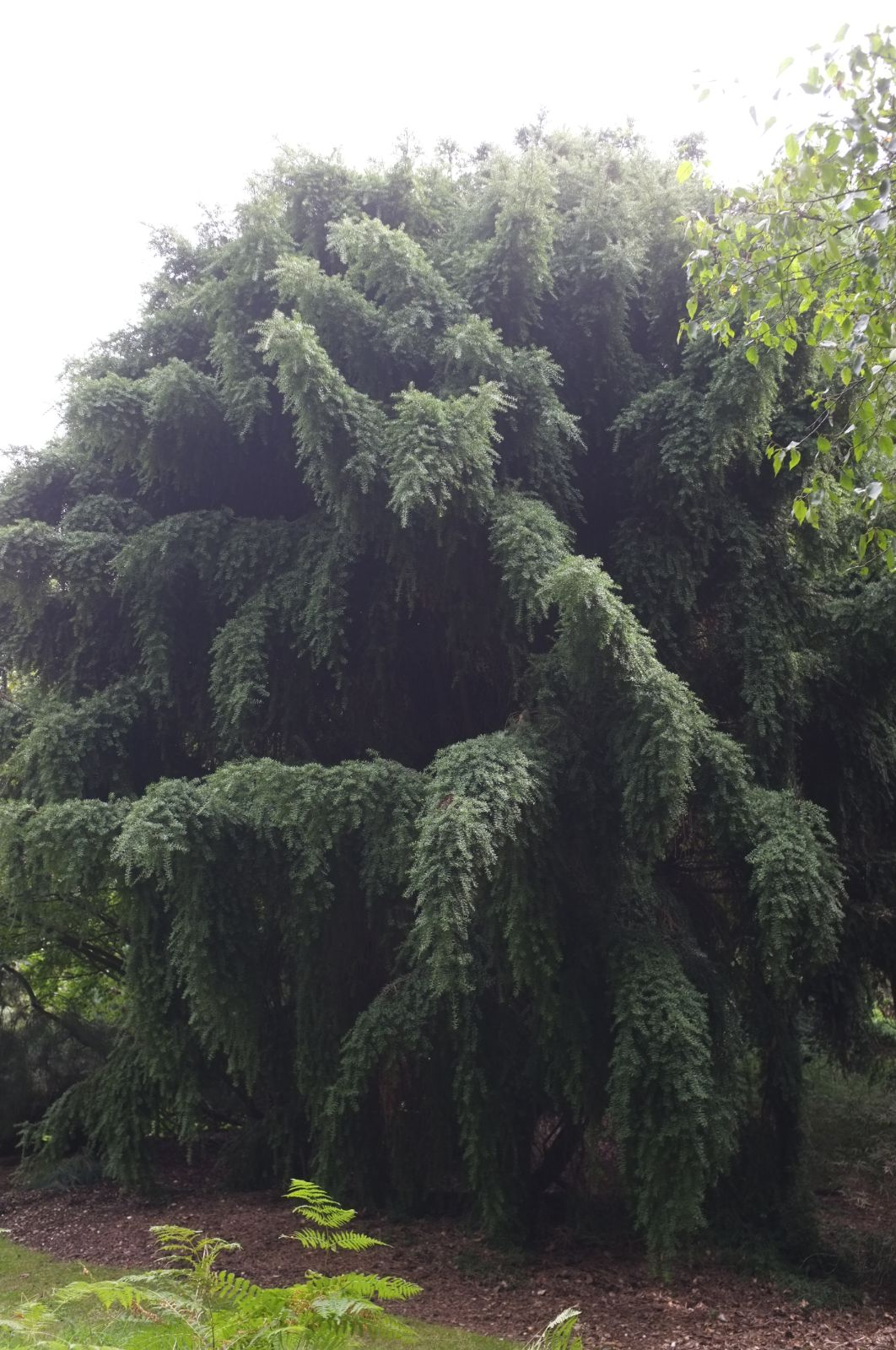Podocarpus acutifolius × nivalis
Sponsor
Kindly sponsored by
The British Conifer Society in memory of Derek Spicer VMM, founder member.
Credits
Tom Christian (2023)
Recommended citation
Christian, T. (2023), 'Podocarpus acutifolius × nivalis' from the website Trees and Shrubs Online (treesandshrubsonline.
Genus
Infraspecifics
Other taxa in genus
- Podocarpus acutifolius
- Podocarpus acutifolius × lawrencei
- Podocarpus acutifolius × totara
- Podocarpus brassii
- Podocarpus costalis
- Podocarpus drouynianus
- Podocarpus elatus
- Podocarpus elongatus
- Podocarpus guatemalensis
- Podocarpus henkelii
- Podocarpus laetus
- Podocarpus laetus × nivalis
- Podocarpus lambertii
- Podocarpus latifolius
- Podocarpus lawrencei
- Podocarpus lawrencei × nivalis
- Podocarpus macrophyllus
- Podocarpus matudae
- Podocarpus milanjianus
- Podocarpus nakaii
- Podocarpus neriifolius
- Podocarpus nivalis
- Podocarpus nubigenus
- Podocarpus oleifolius
- Podocarpus parlatorei
- Podocarpus pilgeri
- Podocarpus pseudobracteatus
- Podocarpus salignus
- Podocarpus spinulosus
- Podocarpus totara
Spontaneous hybrids intermediate between the parents. This cross is most frequently represented in gardens by material grown as Podocarpus totara ‘Pendulus’. Webby, Markham & Molloy (1987) demonstrated that two of the most widely grown ‘Podocarpus totara’ cultivars, ‘Aureus’ and ‘Pendulus’, were in fact hybrids. ‘Pendulus’ is discussed below; for ‘Aureus’ see under P. acutifolius × totara.
'Pendulus'
Synonyms / alternative names
Podocarpus totara 'Pendula'
Podocarpus totara 'Pendulus'
According to Auders & Spicer (2012) this is ‘a broad, slow-growing, pendulous plant with yellowish grey-green foliage’. Reportedly propagated from a tree near Geraldine on New Zealand’s South Island before 1993, in the UK the RHS Garden Rosemoor accessioned two plants in 1988, the same year Lady Anne Berry gifted the garden to the RHS, suggesting that these two plants were extant at the time. They grow there still and have made handsome trees, 4.5 and 5 m tall in 2017 (Tree Register 2023).



